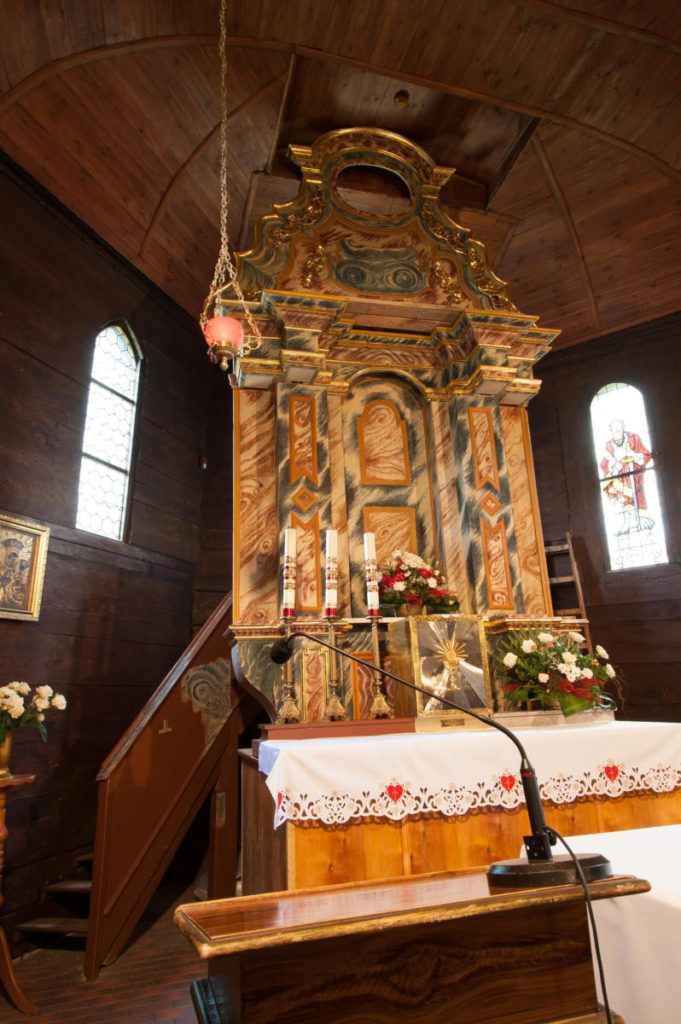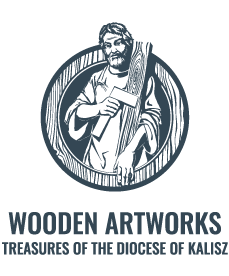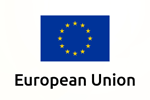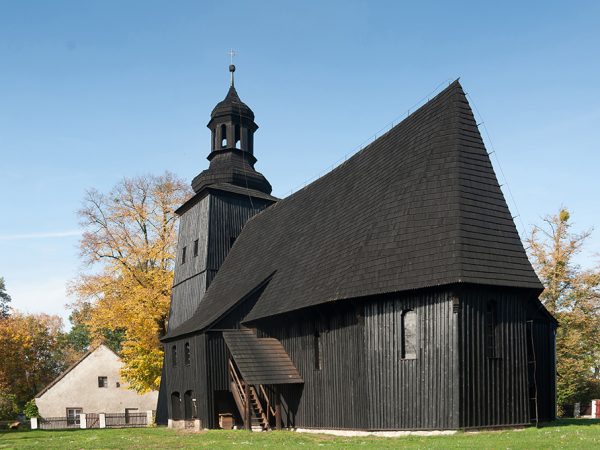
Filial church of the Sacred Heart of Jesus in Proślice
RENOVATION OF THE MAIN ALTAR FROM THE FILIAL CHURCH OF THE SACRED HEART OF JESUS IN PROŚLICE
The baroque altar in the filial church of the Sacred Heart of Jesus in Proślice was made around 1702 and was originally a pulpit altar as it belonged to the Protestant congregation. After 1945 the church was given to the Catholics, and then the pulpit was dismounted from the main altar and placed separately. The altar was in very bad condition. All technological layers were damaged. Numerous, small and big losses of polychromy and topical abrasions were seen. The altar had been repainted twice with oil paint, and gilded parts were covered with schlagmetal and mixtion. In the structure of the reredos and on the columns one could notice signs of insects’ foraging, in some part microorganisms and fungi were detected, a fact which attest to a microclimate in the church.
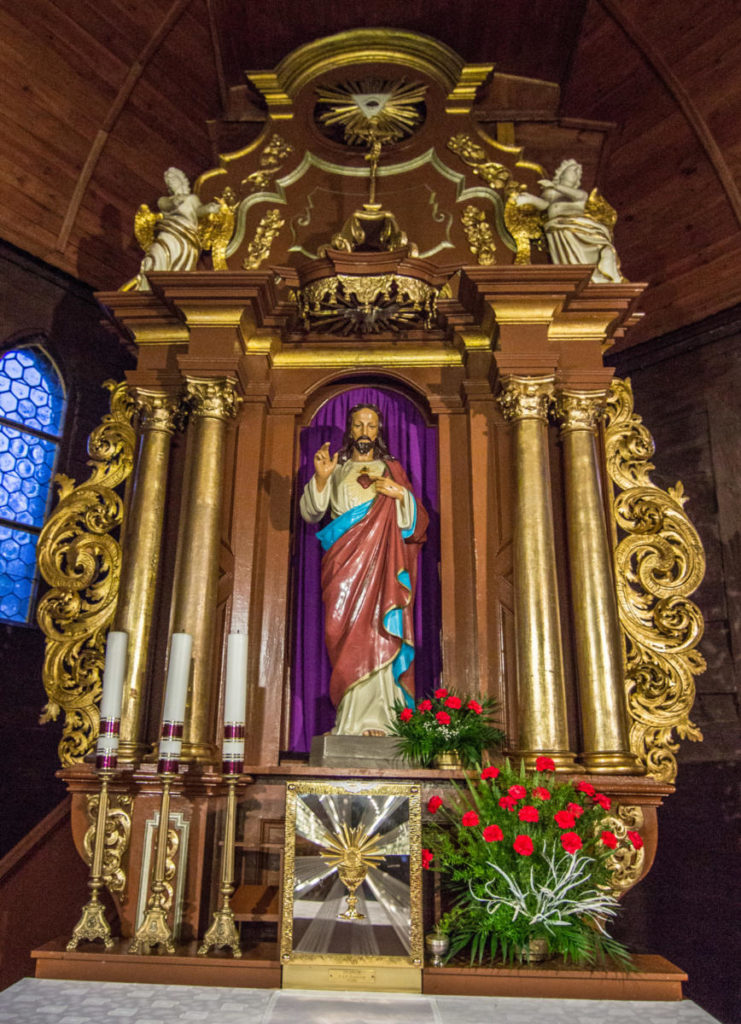
The aim of renovation was to prevent the processes of decay and to restore the original aesthetics of the altar, however, without placing the pulpit in its initial place which should still remain a separate element of the church’s furinishings.
First, a photographic documentation was done which registered the condition of the object. Next, loose layers of polychromy and gilding were secured with Japanese tissue. Then, woodcarved elements (columns, chambranles, the canopy) were disassembled, unoriginal nails were removed. In the workshop they were primarily cleaned for surface contamination, then a biocide procedure for the altar’s construction was implemented. Repainting was then ablated with a method selected on the basis of tests of products for the removal of repaintings. The uncovered polychromy was additionally cleaned with mixtures of solvents. The places where losses occurred were carefully cleaned and isolated with a glutin glue with plasticizer, and then covered with acrylic putties. When putties were applied and gone dry, their surface was processed, i.e. brushed and smoothed.
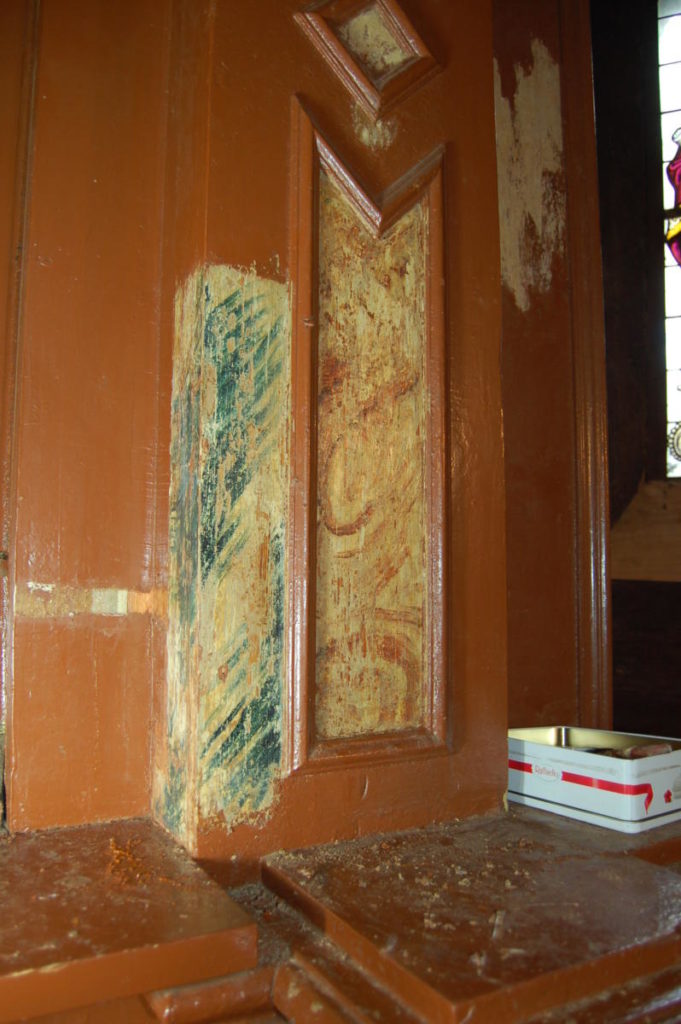
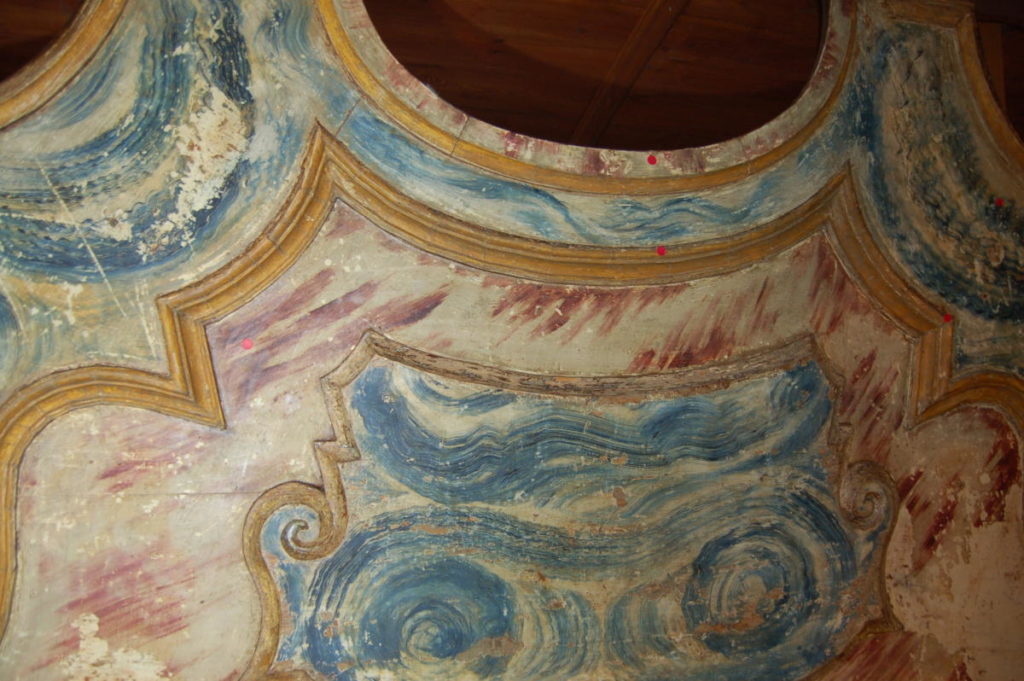
Retouches of the polychromy with oil paints were made, however, putties were earlier covered with watercolour paints. The gildings with mixtion were done with gold leaf.
In the final stage the altar was reassembled in the church and descriptive and photographic documentation were made.
